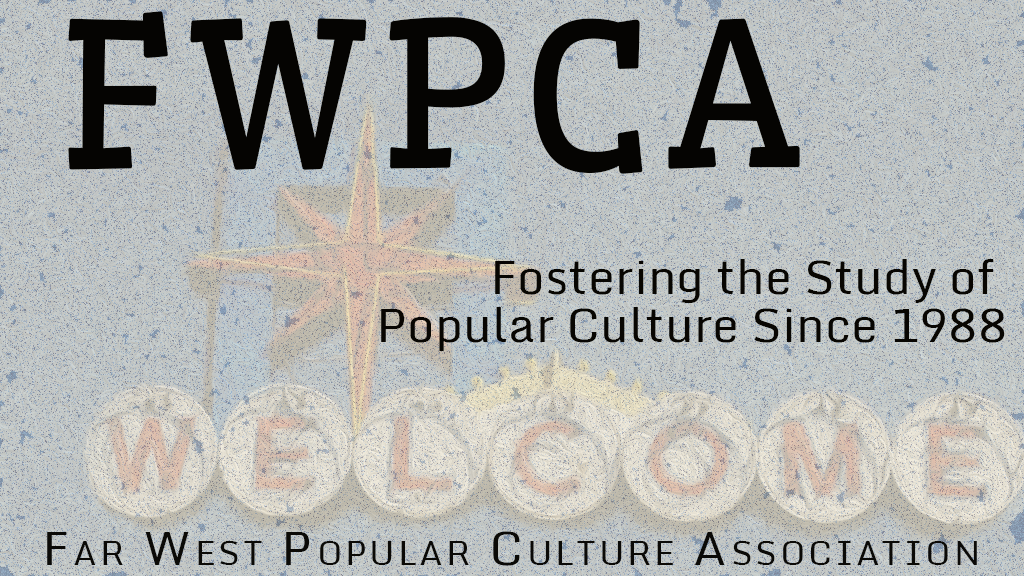Presentation Type
Paper
Abstract
While many 1980s youth-oriented films often sold various images of consumption, Over the Edge was one of the early prototypes of the genre, offering a more sober—a more 70s—outlook on youth attempting to find meaning and identity in a corporate-driven, materialistic space called American suburbia. Both a setting for paradise as well as an existential hell for the youth growing up amidst it, the film mobilizes the West and its frontier-like majesty haunting the characters’ space in the planned development of New Granada—a place where families are safe and entrepreneurs can thrive. Specters of the West haunt the film—from the settler colonialism of the name of the city to the iconic standoff between law enforcement and a young Matt Dillon wielding a stolen revolver. The end of the film finds the teenagers surrounding the meeting their parents are attending regarding juvenile delinquency—performing the traditional Western’s portrayal of Native Americans attacking the circled wagons of the settlers—who are confronted with the dark side of Westward expansion.
Included in
American Film Studies Commons, American Popular Culture Commons, Cultural History Commons, Race, Ethnicity and Post-Colonial Studies Commons, United States History Commons
Over the Edge: Suburban Planned Communities, the Second Frontier, and the Rise of 80s High School Films
While many 1980s youth-oriented films often sold various images of consumption, Over the Edge was one of the early prototypes of the genre, offering a more sober—a more 70s—outlook on youth attempting to find meaning and identity in a corporate-driven, materialistic space called American suburbia. Both a setting for paradise as well as an existential hell for the youth growing up amidst it, the film mobilizes the West and its frontier-like majesty haunting the characters’ space in the planned development of New Granada—a place where families are safe and entrepreneurs can thrive. Specters of the West haunt the film—from the settler colonialism of the name of the city to the iconic standoff between law enforcement and a young Matt Dillon wielding a stolen revolver. The end of the film finds the teenagers surrounding the meeting their parents are attending regarding juvenile delinquency—performing the traditional Western’s portrayal of Native Americans attacking the circled wagons of the settlers—who are confronted with the dark side of Westward expansion.



Comments
I'm a part of the panel: "Better off Dead Over the River’s Edge: 80s Teen Films and Images of the West"
Presenting with Robert Chase and Angela Hawk.